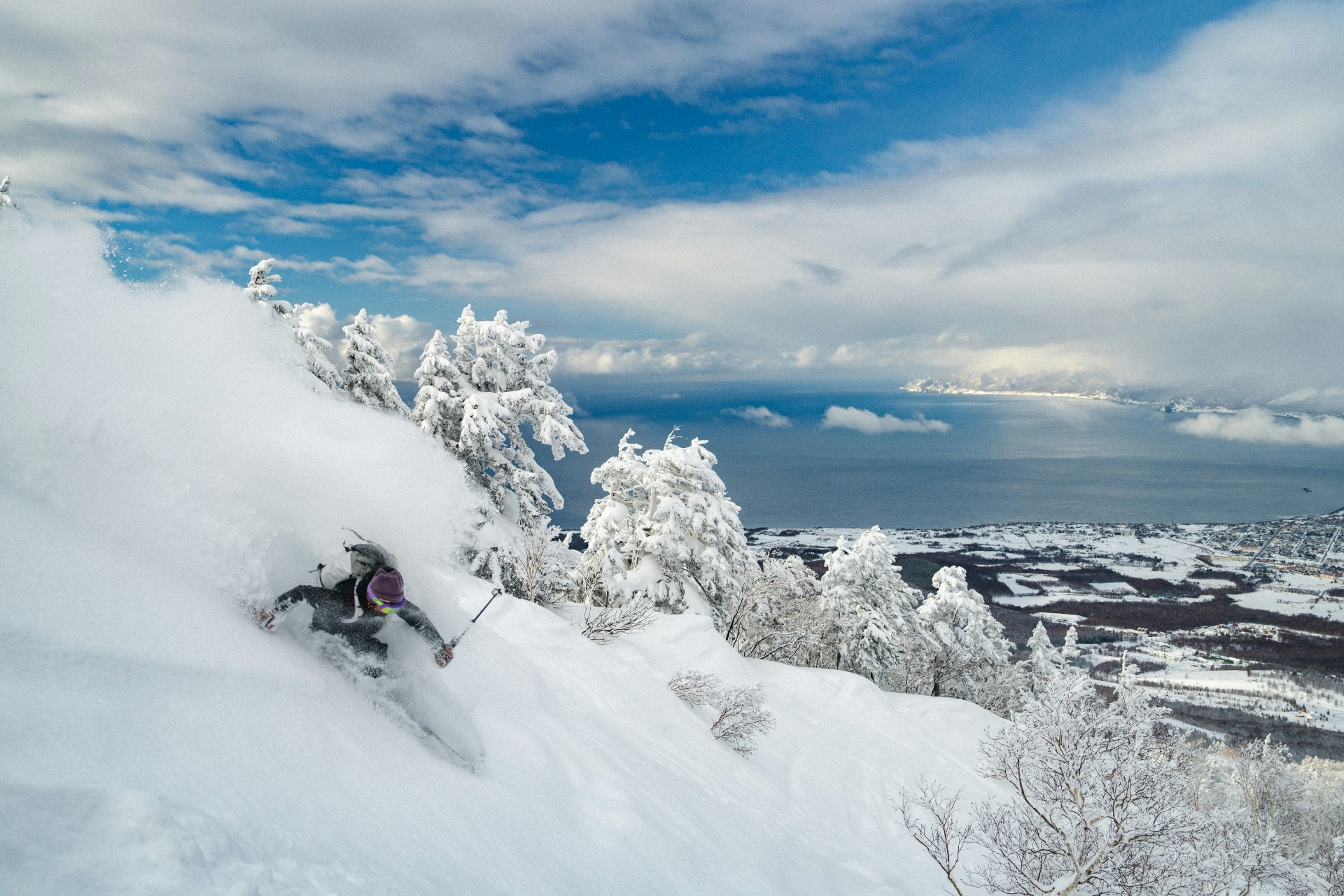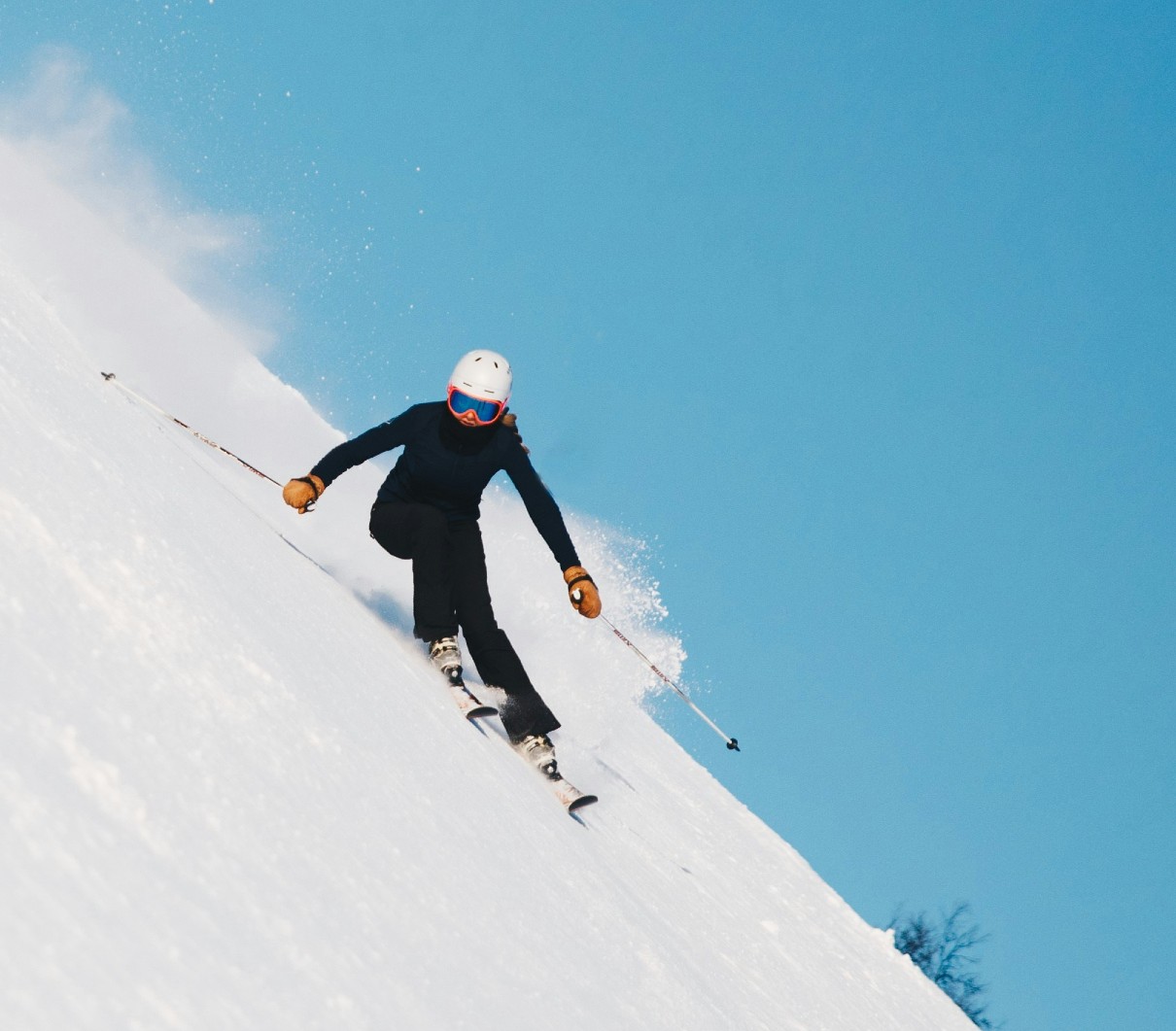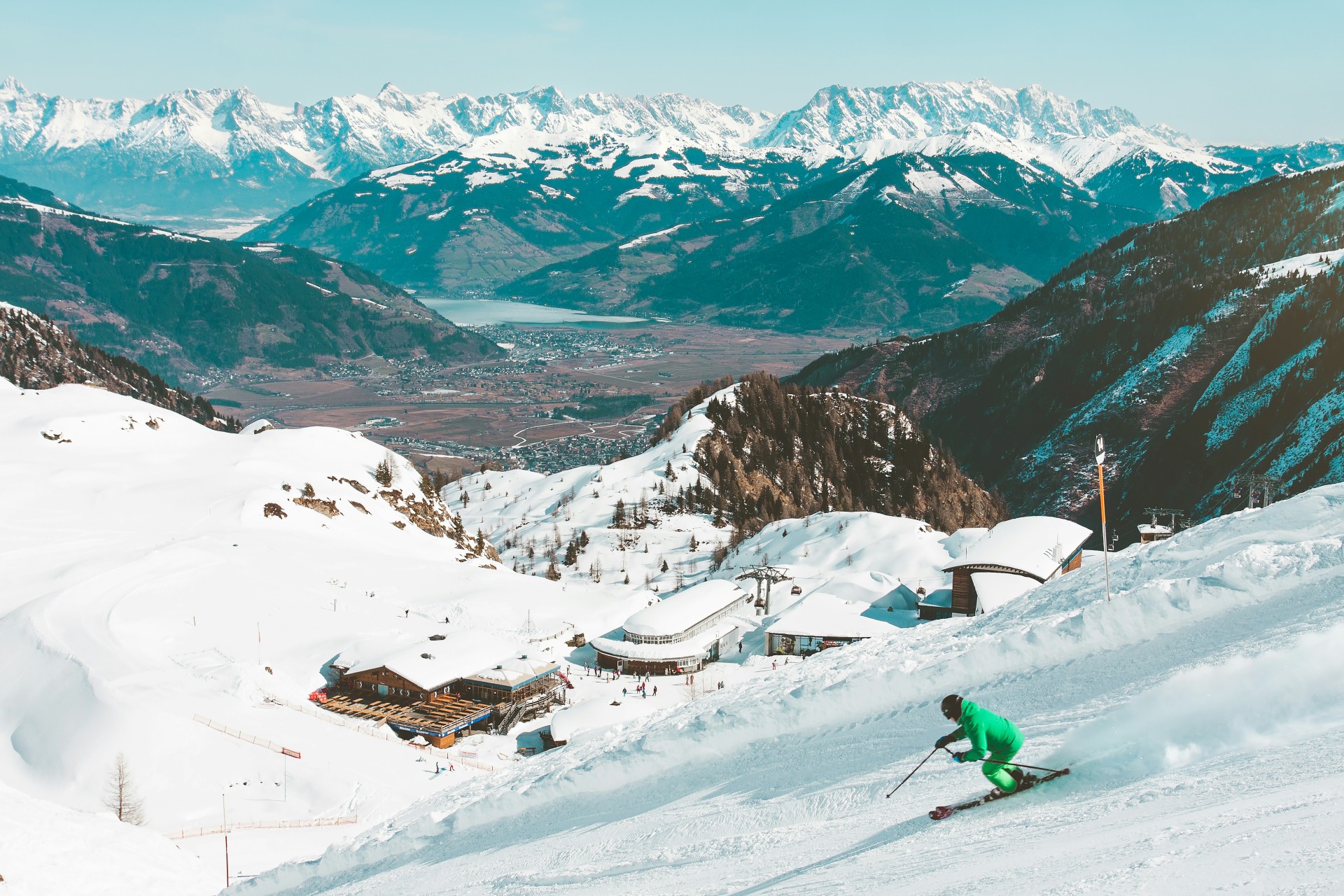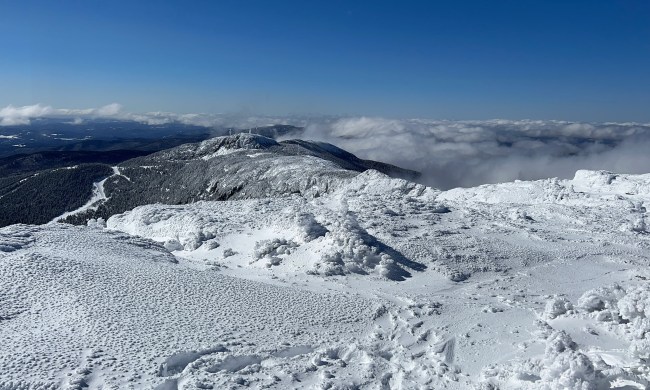
Traveling is one of the best parts of being a skier or snowboarder. Across the globe, there’s an abundance of ski resorts and mountain ranges, each offering a unique experience on the snow. Getting there can be a challenge, especially in places that are very far off the beaten path. From travel logistics to gear choices, it’s essential to optimize your plans and equipment so you can enjoy the mountains to the fullest. If not, your trip can be a series of hangups.
For a seamless getaway, we’ve compiled five travel tips to help you pack for your skiing or snowboarding getaway. Let’s dive in.

Why packing wisely is vital to a good ski trip
On a ski trip, time on the hill is the focus. After researching your destination and reading up on the best lifts and trails, you can’t wait to get there. But without careful planning, you may not be warm enough, your equipment could let you down, or you might forget essentials.
That’s why devising a packing game plan ensures your trip goes off without a hitch. It takes time and effort, but paying attention to the details is worth it. Then, during every step of your trip, you’ll have what you need and experience your destination to the fullest.

5 tips to pack for a ski or snowboard getaway
You’ve bought your plane ticket, secured lodging, and marked your calendar. Now it’s time to prepare. The following tips optimize every step, from packing your gear to airport travel to time on the mountain.
#1: Make a detailed pack list
In the excitement leading up to a trip, it’s easy to forget essential items. Those could be as minor as a toothbrush or as major as a snowboard jacket. If that happens, you’re in a bind when you arrive. That’s why I like to make a detailed pack list.
On my computer, I make a list of every item I plan to bring. After I make it, I review it again, ensuring I’m covered from head to toe.
Then, before I head out, I mark an X next to each item for extra peace of mind. Then, I can kick back, relax, and enjoy the ride.
#2: Use a rugged duffel bag for your softgoods
You must pack a lot of gear on a ski or snowboard trip. Besides skis, boards, and boots, there are jackets, goggles, gloves, base layers, and more. Add in personal effects, and it can feel like a months-long expedition. But using a spacious duffel bag makes it easy.
I like the Patagonia Black Hole duffel bag for its burly durability and cavernous space. I can almost always squeeze in every last item when packing, and the rip-stop material stands up to baggage claims and frozen pavement. I picked one in bright red, making it easy to spot as soon as it hits the carousel.
#3: Use a ski or snowboard-specific travel bag
The mountains are what matters on your trip. Central to experiencing them is your skis or snowboard arriving safely. A tailor-made bag ensures that it happens.
As a snowboarder, my go-to is the Burton Wheelie Gig Bag. With ample padding, it protects my board, and with boot storage, it’s an ideal solution when I venture far and wide. The highlight is a pair of skate wheels that let me roll it through the airport like a skateboard.
The same holds true for skiers. Using custom-designed bags for boots and skis keeps them safe and sound, protecting your investment and ensuring top performance.
#4: Bring tools for adjustments and tuning
It’s all about the moment when you finally reach your destination, load the lift, and exit the ramp. It’s time to grip and rip (or float and glide). But if your skis, board, or bindings aren’t adjusted and tuned, you could be in for a less-than-optimal day. Packing some basic items (or tuning ahead of time) ensures that doesn’t happen.
I like to bring a simple multi-tool with me wherever I go. I can check my snowboard bindings’ mounting screws and crank them down. Not only that, but I’ve also learned to tighten every screw for straps and ratchets, as those like to come loose with time. The Union Pocket Tool is a simple, effective option.
Skiers who like to adjust their bindings can follow the same formula. It’s also nice to have a multi-tool around when the need arises, like opening a beer during après hours.
Additionally, a gummy stone can polish off edge burrs, and rub-on wax enhances glide. Either one takes a minute or two and helps you get the most out of your turns. Swix is a trusted name in ski tuning, and I use its gummy stone to polish my edges. For wax, mountainFLOW quickwax uses eco-friendly ingredients and offers superb performance.
#5: Bring ample base layers and socks
Base layers keep you warm, dry, and comfortable. By managing moisture and trapping heat, they offer next-to-skin comfort during long days on the hill. Packing plenty of them (along with socks) makes for a cozy feel day after day.
Fresh base layers and socks feel great in the morning. Like just-washed sheets or towels, they feel soft and clean against the skin. Not only that, but they’re ready to absorb moisture and regulate temps throughout the day.
On the other hand, ratty or previously worn base layers and socks can put a dent in the skiing experience. They could be damp, letting the cold take hold, and can’t absorb perspiration as well. That’s the last thing you need when you’re on a particular trip.
Merino wool is an optimal material for base layers and socks, with natural qualities for warmth and moisture management. Smart Wool makes some of the best.

Pack right for the best mountain experience
As your ski or snowboard trip takes shape, you may envision 10,000+ foot peaks, deep powder days, and bluebird mornings. That’s understandable. But for a smooth, memorable time, it’s important to pay close attention to what you bring and how you bring it.
You need a board or skis that are ready to rip, day after day. You need burly bags made to protect your expensive, high-performance gear. Fresh base layers and socks keep you cozy as you stack up vert among world-class panoramas. But more than anything, you have to remember every last item.
Wherever you decide to venture, these tips can make travel easier and time on the hill better. While simple and easy to follow, each one is vital to a mountain getaway. Just list, pack, and embark. Now, you can concentrate on new lines or push your limits and know you’re ready.



